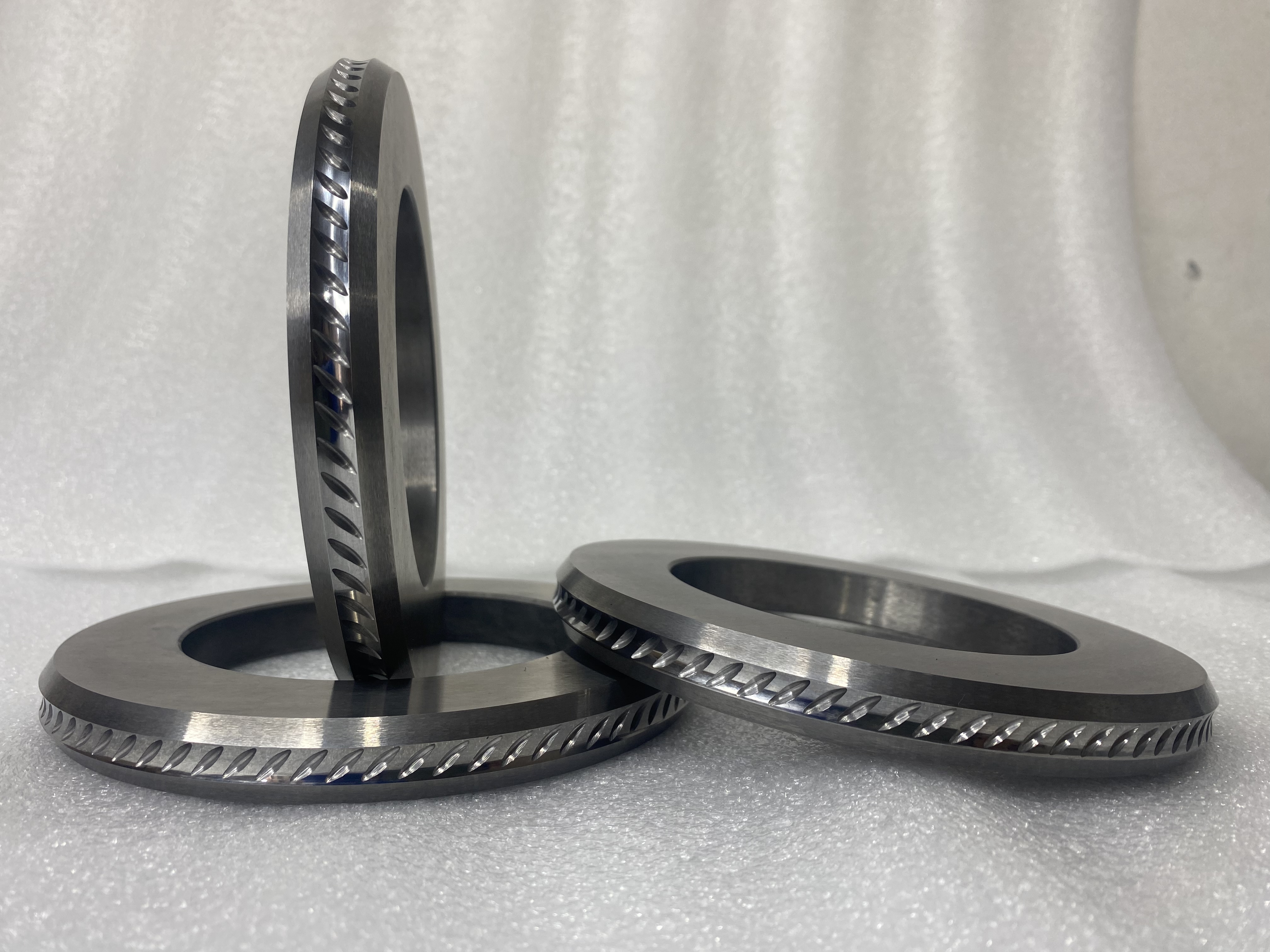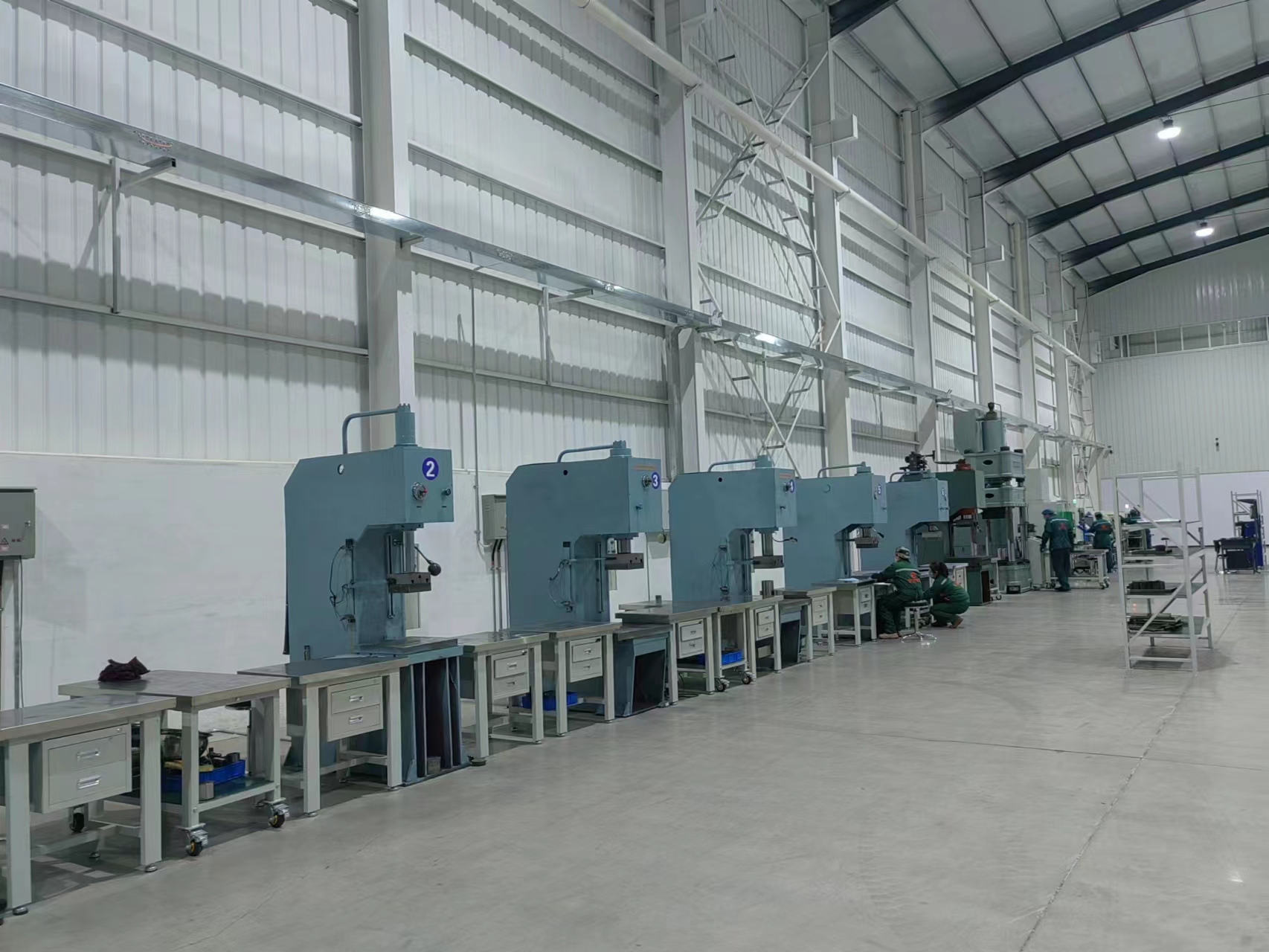The carbon content in cemented carbide was studied u sing the vacuum sintering method. The analysis pointed out that the total carbon content in the raw materials plays a decisive role in the carbon content of the alloy. In addition, the hard particles in the pressed powder are formed during the pressing process.
sing the vacuum sintering method. The analysis pointed out that the total carbon content in the raw materials plays a decisive role in the carbon content of the alloy. In addition, the hard particles in the pressed powder are formed during the pressing process.
It is not easy to deform and crush during the process, and is easy to bridge, resulting in the formation of sealed holes during the liquid phase sintering process, which has a greater impact on the carbon content in the tungsten carbide alloy, while the amount of glue added has a smaller impact on the carbon content of the cemented carbide. . As the sintering temperature increases from 1400°C to 1480°C, the carbon content in the alloy first increases and then decreases. When the sintering temperature is 1450°C, the carbon content reaches the maximum.
Keywords: cemented carbide; pressing: sintering. In the production process of cemented carbide, the carbon content has an extremely important impact on the WC grain size, phase structure and mechanical properties of cemented carbide, and the carbon content in the raw material, The amount of glue added, pressing, and sintering will all affect the carbon content. Scholars at home and abroad have done more research on the relationship between carbon content and flexural strength, hardness and coercive force, but less on the factors that affect carbon content. This article uses vacuum sintering method to study the carbon content in the raw materials. , the influence of glue blending, pressing and sintering processes on carbon content
Post time: Jan-29-2024










